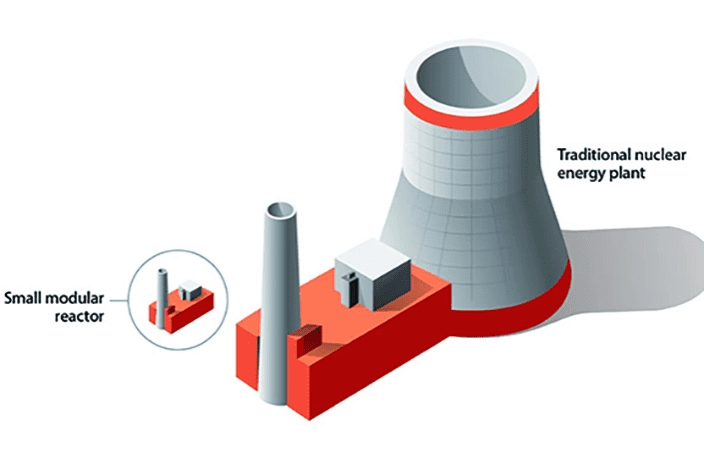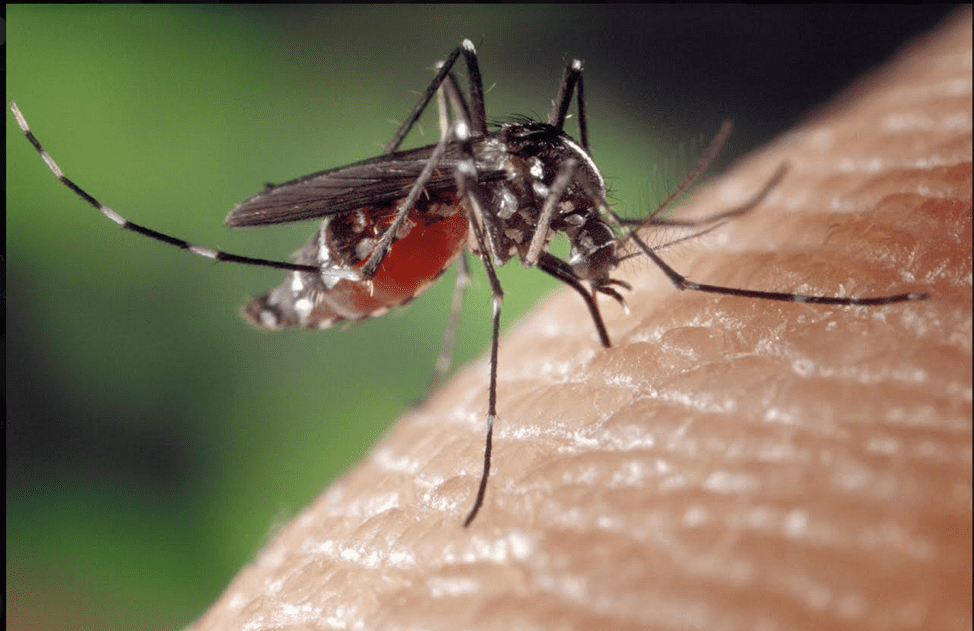I was never interested in using drugs in college, and I still avoid everything except the occasional glass of wine. Drugs never appealed to me; I never felt the urge to dismiss my natural senses and indulge in effects of mind-altering substances. I learned this about myself in high school, as drug use entered the environment around me and I couldn’t understand why cigarettes, marijuana, and cocaine were so popular among my classmates. I didn’t figure out the rationale behind my automatic avoidance of drugs until much later, when I studied the basis of drug addiction in college and graduate school.
The biggest lesson I learned in my studies is that there is a lot of room between the two extremes of abstinence and addiction. Sure, on one end, you have those who try a drug a few times and suddenly feel an inexhaustible urge to return to their first high. And on the other end, you have those who won’t even look at the stuff. It just doesn’t interest them (that’s where I fit in). Still, others will use drugs like ecstasy or cocaine at parties without ever developing a tendency towards continuing their habit on their own. Or, they’ll use marijuana or drink alcohol everyday and still never meet the threshold of dependence. It’s these people who fascinate me.
I’ll never forget the day a tall, bearded man with long, unkempt hair once came into my lab and told me he regularly uses “whippets” (nitrous oxide inhaled from whipped cream cans), yet according to our lab psychologist, he was not an addict.
In fact, most people who use drugs everyday never meet the medical criteria for a substance use disorder. You can see the reality of it in the numbers: In 2019, there were nearly 140 million alcohol drinkers in the United States, yet only about 14.5 million, or about one in ten alcohol drinkers, meet the criteria for dependence. Even the “hard” stuff isn’t instantly addictive: Of the 745,000 heroin users in the US in 2019, only 59% of them were addicted. Those who use drugs don’t automatically meet the criteria for a dependence because their behavior hasn’t significantly impacted their life in a negative way.
So, how come two people can take the same dose of the same drug an equal number of times in the same setting and one ends up as an addict and one doesn’t? This is the question that has fascinated neuroscientists like me for decades. The more we study this, the more complex the answer gets: we know now that addiction is caused by a constellation of factors, including our genetics, our personality, our family dynamics during childhood, and the stress and trauma we’ve encountered. Furthermore, factors such as race, cultural upbringing, and socioeconomic status can mold the environment surrounding drug use and, in turn, how we respond to it.
One early behavioral indicator of one’s susceptibility to addiction is how one feels when he or she uses drugs. Those who are susceptible to addiction often respond to drugs with elation: Studies in animals suggest that they feel stimulated after drinking alcohol (at least at first), for example. Humans who end up addicted tend to seek out thrills and make more impulsive decisions, even before they use drugs for the first time. Those who don’t progress to dependence are much different: These people tend to be more conscientious and cautious in everyday life, avoiding risks and sticking to routine, and therefore aren’t likely to try drugs if there’s a chance it might bring them harm. They also feel tired after drinking alcohol. .
Growing up in a stressful or traumatic environment can also lead to addiction. Children who grew up in broken homes are more likely to develop mental illness, including substance dependence. The relationship goes both ways: stress during childhood could very well hamper a child’s development, which might contribute to his or her addiction, but a family history of addiction could have led to both the broken home and the child’s eventual addiction. These social factors put marginalized populations, including people of color, at an additional disadvantage: disparities in several areas of life — from home environment to stress to access to mental health treatment — have led to a greater prevalence of problem drug use in these populations.
By studying animals, researchers have been able to understand the biological basis of addiction. Some rats will work harder to obtain drugs and will become more physically active while on drugs than the others. To these rats, drugs are a bigger reward. We know this because, as far as we know, drugs like cocaine pound the reward center in their brains more intensely with chemical messengers that tell the rat to pay attention to cues in their environment that might lead to a reward like a drug.
Researchers can breed rats to display these different personalities, which means these personalities have a genetic cause. These personalities can also be caused by environmental stress. In fact, rats that experience social or physical stress as juveniles are more likely to act like the rats that were bred to be susceptible to addiction than the rats who were bred to not respond to drugs.
Humans also show genetic differences that correlate with drug use and how they respond to using drugs. Every few months, scientists publish a study showing how a difference in a single letter of DNA, called a single nucleotide polymorphism, or SNP (‘snip’), correlates with their dependence on drugs. Researchers find these by running studies that look at not just one, but hundreds or thousands of genes at a time. These studies have identified sets of genes that correlate with the inheritance of alcohol abuse, the risk of developing a dependence on opioids, and the chance of being hooked on cigarettes, to name a few examples.
Despite all we’ve learned so far, scientists have not been able to pull together all of the genetic, personality, cognitive, behavioral, environmental, socioeconomic, and subjective correlates of drug abuse and addiction into a cohesive picture that we can call an “addictive personality.” There is no doubt there are genetic and environmental factors that contribute to one’s personality and cognition, which in turn affect perceptions and behavior, but as of now, the line that connects each of these factors has not been fully drawn.
If you or a family member think drug use might become a problem you still have time to stop before it starts. For some, it can be hard to admit that there is a problem for many reasons (whether those factors be personal or socioeconomic), for each individual it’s different. Recognizing that there may be an issue could be the first step to recovery. Asking for help shows more strength than one can imagine. For those interested, here are some resources.
-
Ben Marcus is a public relations specialist at CG Life and a co-editor-in-chief of Science Unsealed. He received his Ph.D. in neuroscience from the University of Chicago.
View all posts





